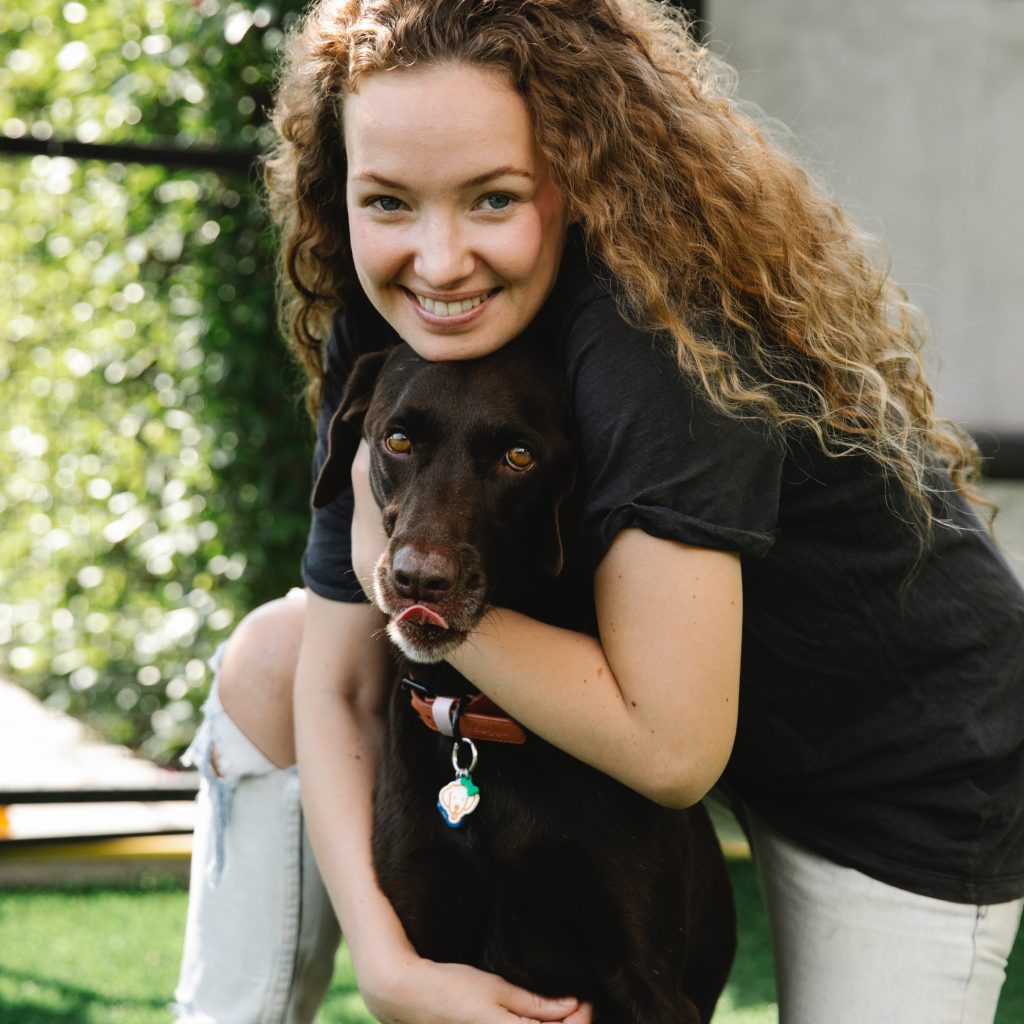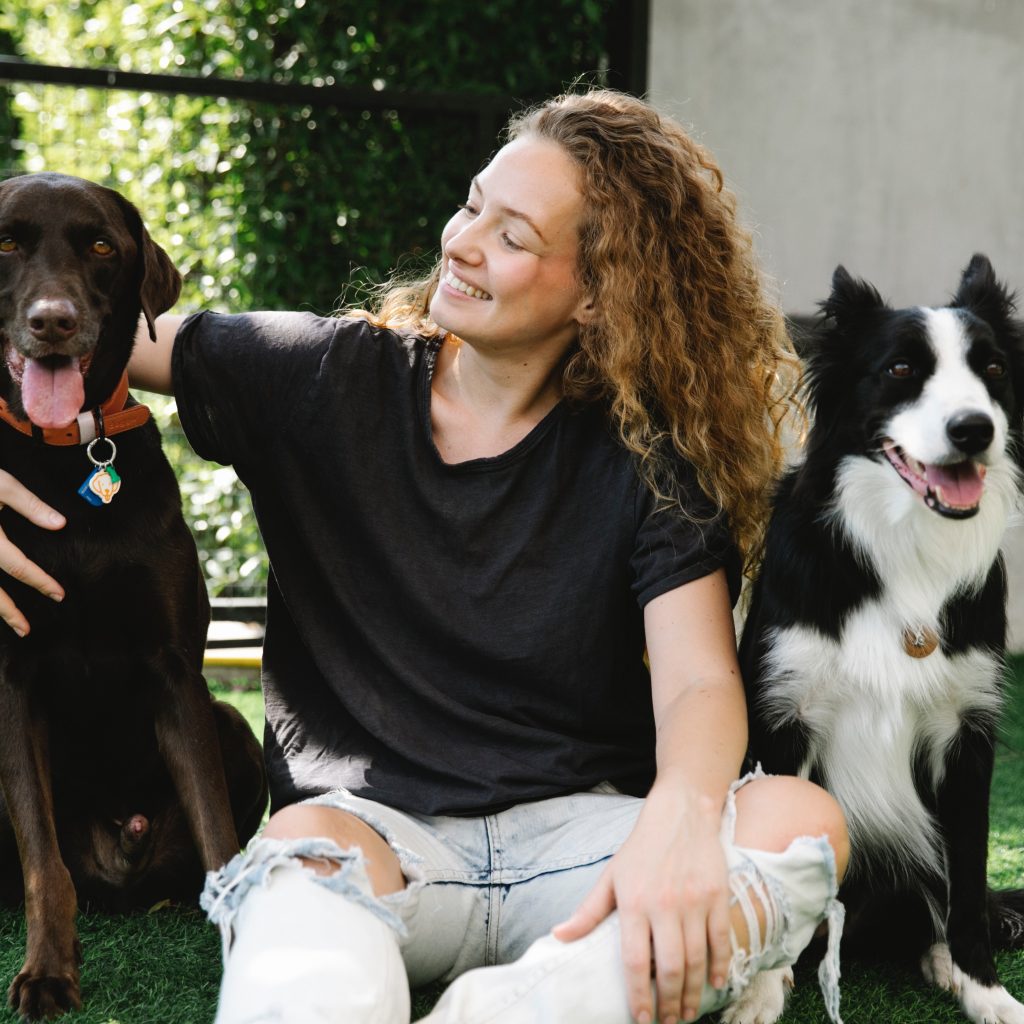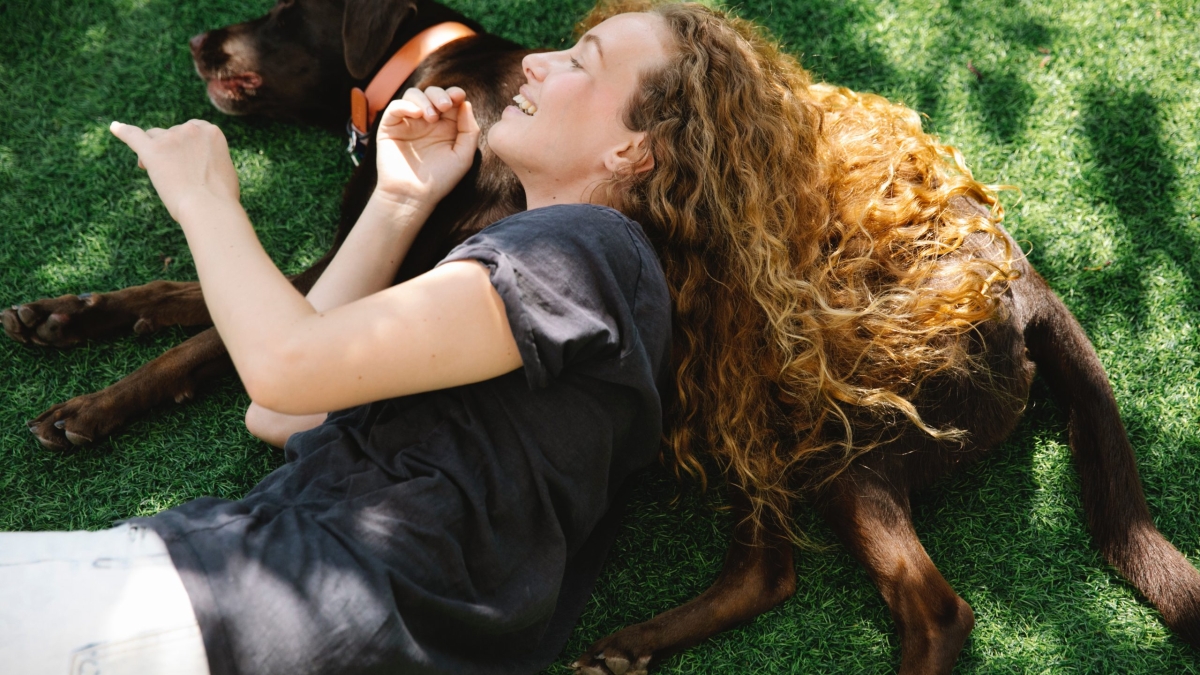Scent training is a form of canine training that involves teaching dogs to identify and track various scents. Dogs have an exceptional sense of smell, which makes scent training a highly effective way to improve their abilities and behaviors.
Scent training can help improve a dog’s overall behavior and performance, including its ability to hunt, track, and search. It can also be used to develop a stronger bond between dogs and their owners, as well as to provide mental and physical stimulation.
The benefits of scent training for dogs are numerous. Scent training can help dogs develop a stronger sense of focus, increase their confidence and problem-solving skills, and reduce anxiety and stress. It can also be a useful tool for detecting and identifying potential health issues, such as allergies or infections.

Importance of Scent Training for Dogs
Scent training is an essential aspect of a dog’s training and development, and its benefits cannot be overstated. Dogs have an exceptional sense of smell, which they use to explore the world around them. By providing scent training, you can tap into their natural abilities and enhance their skills.
One of the most significant benefits of scent training is improving a dog’s hunting, tracking, and searching abilities. Scent training helps dogs develop their olfactory senses, making them better at identifying and following scents. This can be especially useful for hunting dogs, search and rescue dogs, and even pet dogs who love to explore.
Scent training can also strengthen the bond between a dog and its owner. Dogs are social animals and crave interaction with their owners. By engaging in scent training, you are spending quality time with your dog, and they will learn to associate positive experiences with you. This can lead to a stronger bond and more positive behaviors.
Additionally, scent training can provide mental and physical stimulation for dogs. Dogs need regular exercise, both physically and mentally, to stay healthy and happy. Scent training offers an opportunity for dogs to use their brains and their bodies, which can prevent boredom and destructive behaviors.
Getting Started with Scent Training
A. Choosing the right dog for scent training
Not all dogs are created equal when it comes to scent training. Some breeds are known for their keen sense of smell and are naturally better suited for this type of training, such as bloodhounds, beagles, and German shepherds. However, any dog can benefit from scent training as long as they have the drive and motivation to learn.
B. Equipment needed for scent training
To get started with scent training, you will need some basic equipment such as scent detection aids, reward treats, and a leash. Scent detection aids can be anything from essential oils to specific scents that you want your dog to identify. Reward treats are used to reinforce positive behavior during training, and a leash is necessary to keep your dog under control during the training session.
C. How to establish a scent training routine
It’s essential to establish a regular scent training routine to maximize the effectiveness of the training. Start by choosing a specific scent that you want your dog to identify, and then introduce it to your dog gradually. Begin by placing the scent in a container or piece of cloth and encouraging your dog to sniff it. Reward your dog with treats and praise when they show interest in the scent. As your dog becomes more confident and familiar with the scent, start hiding the scent in different locations and increasing the difficulty level of the training. Always end each session on a positive note and gradually increase the length of the sessions as your dog’s abilities improve.
Basic Scent Training Techniques
A. Introduction to scent discrimination
Scent discrimination is a fundamental aspect of scent training that involves teaching your dog to differentiate between different scents. This technique is crucial because it helps your dog to focus on a specific scent, which is vital for tracking and searching.
B. Teaching your dog to recognize different scents
To start teaching your dog scent discrimination, it’s essential to choose a specific scent to focus on, such as a particular food or an object. Introduce the scent to your dog, and let them sniff it. Then, hide the scent, and encourage your dog to find it. Repeat this process, gradually increasing the difficulty level, until your dog becomes proficient at finding the scent.
C. Using positive reinforcement to encourage your dog
Positive reinforcement is an essential part of scent training. Whenever your dog correctly identifies the scent, reward them with treats, praise, or playtime. This positive feedback helps your dog to associate the scent with a positive experience, making them more eager to participate in scent training.
By using these basic scent training techniques, you can help your dog develop the necessary skills to become an expert at tracking and searching scents. However, remember that scent training requires patience, consistency, and plenty of practice.
Advanced Scent Training Techniques
A. Training your dog to track the scent
Advanced scent training techniques include training your dog to track scents. This can be useful for hunting, search and rescue missions, and even competition. Tracking requires a higher level of concentration and skill from both the dog and the handler.
To train your dog to track scents, you will need to introduce them to a scent and teach them to follow it. Start with a scent that your dog is familiar with, such as their favorite treat or a familiar object. Place the scent on the ground and encourage your dog to sniff it. Then, slowly move the scent further away and encourage your dog to follow it.
B. Teaching your dog to detect specific scents
Another advanced scent training technique is teaching your dog to detect specific scents. This can be useful for detecting drugs, explosives, or even medical conditions such as cancer.
To teach your dog to detect specific scents, you will need to start with a scent sample. Introduce your dog to the scent and reward them when they show interest in it. Then, gradually increase the difficulty by hiding the scent in different locations and asking your dog to find it.
C. Scent training for search and rescue dogs
Scent training can be especially valuable for search and rescue dogs. These dogs are trained to find and rescue people who are lost or injured, often in challenging environments.

Common Challenges and How to Overcome Them
A. Distractions during training
One of the most common challenges in scent training is distractions. Dogs have a natural curiosity, and they can easily get sidetracked by other smells in the environment. To overcome this challenge, it is important to start training in a low-distraction environment and gradually increase the level of distractions as the dog becomes more proficient in scent training. You can also use high-value rewards, such as treats or toys, to keep your dog focused on the task at hand.
B. Slow progress
Scent training requires patience and consistency. It is important to remember that every dog learns at their own pace. If your dog is progressing slower than expected, it is essential to go back to basics and reinforce the foundation of the training. Breaking down the training into smaller steps and increasing the difficulty gradually can help accelerate progress.
C. Trouble finding a suitable scent for training
Not all scents are suitable for scent training. Some scents may be too strong or too weak for dogs to detect, while others may be too dangerous or difficult to obtain. It is important to choose a scent that is safe for your dog and relevant to the type of scent training you are doing. You can consult a professional dog trainer or a veterinarian for advice on suitable scents for your dog and the training program.
Final Thoughts
Scent training can provide numerous benefits for dogs and their owners, including improved behavior and performance, stronger bonds, and mental and physical stimulation.
As a result, pet owners are encouraged to try scent training with their dogs, regardless of breed or age, and establish a regular training routine that incorporates positive reinforcement.
However, it is important to remember that scent training can present challenges, such as distractions, slow progress, or difficulty finding a suitable scent for training. In such cases, seeking professional help from a qualified dog trainer or behaviorist can be helpful.
By prioritizing scent training as a fun and rewarding activity for both dogs and their owners, pet owners can enhance their relationship with their furry companions while also providing them with valuable skills and mental stimulation.
